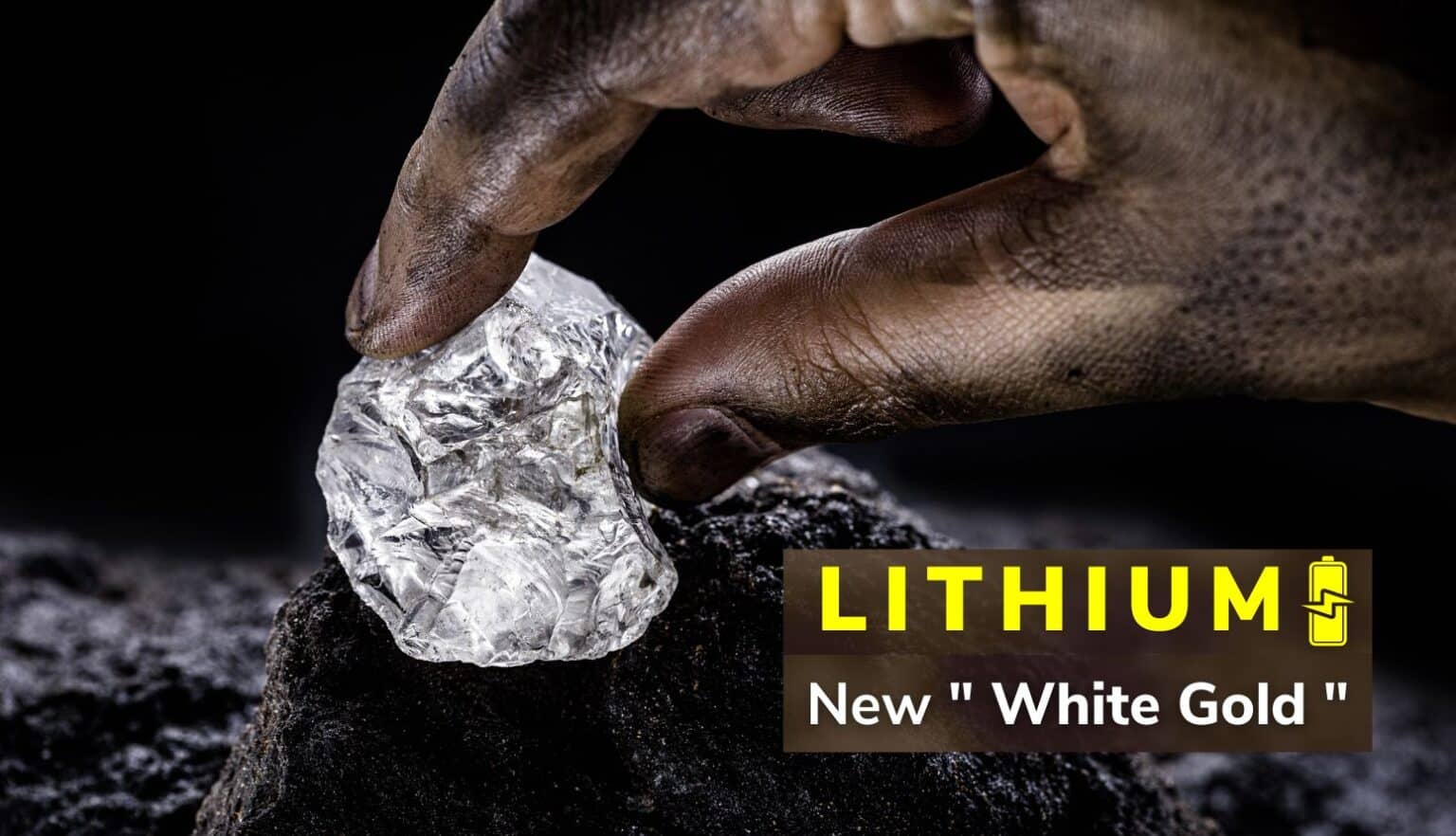The demand for EVs has increased enormously in recent years which in turn denotes the demand for lithium-ion batteries which are considered to be the best battery technology by huge Automakers like Tesla. Due to their high efficiency and lightweight, Lithium-ion batteries are dominating the field of EVs making it hard to replace with Lead-Acid or Nickel Cadmium batteries. Though Lithium-ion technology is the clear market dominator the tech giants are rigorously researching to replace it with better technology. In that list of better Sodium-ion batteries are of higher interest due to key factors as follows:
Table of Contents
ENVIRONMENTAL IMPACT:

Li is extracted by hard rock mining which could cause a loss of biodiversity and destructive mining extraction could make the groundwater around the mine contaminated. The process of extraction of 1 ton of Li releases 15 tons of CO2 into the atmosphere which is a Greenhouse gas.
When extraction of Li has negative impacts on the environment then it’s a pointless argument to say that “EVs could replace petroleum engines which are not environmentally friendly”. On the other hand extraction of sodium has minimal impact on the environment.
AVAILABILITY:
Sodium is the 6th common element in the Earth’s crust, the higher percentage of Sodium is found in the form of Sodium Chloride which could be extracted on a large scale from the crystallization of seawater. Sodium is also 12,000 times more common compared to Li. So the high availability of Sodium over Lithium makes it a reliable battery technology.
SAFETY:
Lithium-ion batteries are not handled properly could cause a disastrous event called Thermal Runaway which is the effect of the battery catching fire or exploding. Lithium-ion batteries are also dangerous when they are prone to mechanical abuse, overcharging, or internal short circuits, Lithium is also fragile. Sodium-ion batteries are more robust and have significantly higher Thermal Sustainability making it safer for usage compared to Li batteries.
R&D OF CATL:

CATL which is one of the leading Chinese battery manufacturers has been involved in deeper research into developing Sodium-ion battery technology. The first version of the Sodium-ion battery has the following power spec:
- Lithium-ion battery-200 Watt hr per kilogram
- Sodium-ion battery-150 Watt hr per kilogram
and the Sodium-ion battery was bulky making it hard to put to use. But the recent development of CATL leads to making an efficient Sodium-ion battery which is 8% cheaper and 10% reduction in weight. The mission is set up to increase the energy to 201 Watt hr per kg making it more powerful than a Lithium-ion batteries. CATL is aimed to produce batteries not only for Automakers like Tesla but also for low-cost stationary energy storage electronics.
RELIANCE IN THE FORM:
Only two firms in the World have this Sodium-ion battery technology, FARADIAN is one of those two and Reliance had made a huge investment of Rs 1360 Cr in Faradian for the development of Sodium-ion technology. At present, it could provide returns of only 2Cr but Reliance is planning to dominate the Rs 3 lakh Cr future market.
The trend of technology is unpredictable and the shift to Sodium-ion batteries has an equal possibility of getting failed or even getting expanded in the Market. Sodium-ion batteries have the potential to make the domination in field of batteries.













